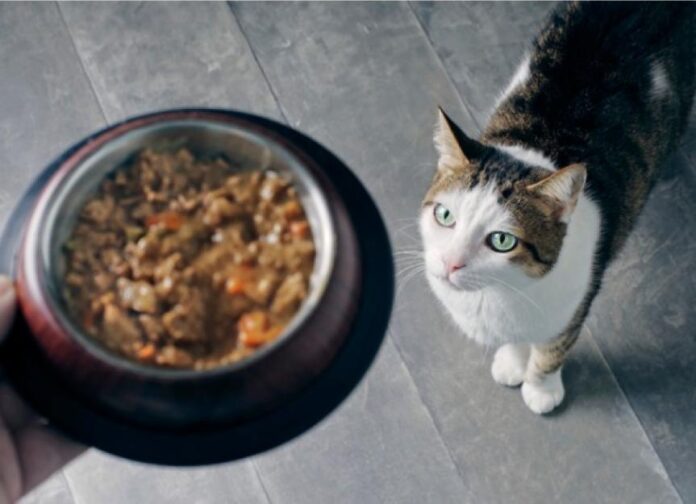Organic Cat Food: A Comprehensive Guide
Choosing the right diet for your cat can be a daunting task. Many pet owners are drawn to cat food labeled as “organic” or “natural,” believing these options are healthier. But what does it really mean for cat food to be organic? This article provides insights into organic cat food and evaluates its health benefits for your feline friend.
Defining Organic Cat Food
The term “organic” is commonly used in the pet food industry. According to the Association of American Feed Control Officials (AAFCO), organic animal feed must adhere to the production and handling requirements established by the USDA’s National Organic Program (NOP).
The NOP is a federal program that establishes uniform national standards for organically produced agricultural products in the U.S. It certifies farms and businesses that meet these standards, which include:
- Integrating cultural, biological, and mechanical practices to promote resource cycling.
- Maintaining ecological balance and conserving biodiversity.
Organic pet foods must comply with human food regulations until specific regulations for pet foods are developed, according to the NOP.
USDA Organic Seal: What You Need to Know
Not all organic cat foods carry the USDA Organic Seal. This seal signifies that the product contains at least 95% organic ingredients. However, some cat foods may claim “made with organic ingredients” if they contain a minimum of 70% organic ingredients.
Understanding Ingredient Labels
When reading labels, look for the following terminology:
- USDA Organic Seal: Products with at least 95% organic ingredients.
- Made with Organic Ingredients: Products containing 70% organic ingredients, which cannot display the USDA Organic Seal.
Organic vs. Natural Cat Foods
To be classified as organic, cat foods must follow specific USDA guidelines:
- Utilization of crops grown without synthetic fertilizers or herbicides.
- Animals fed organically grown feed.
- Accredited organizations conduct inspections of farmers and food companies.
On the other hand, “natural” cat food, as defined by AAFCO, can include ingredients derived solely from plant, animal, or mined sources but should not involve chemically synthetic processes. Any artificial additives disqualify the product from being labeled as “natural.” However, exceptions are made for necessary vitamins and minerals that may be chemically synthesized.
Is Organic Cat Food Truly Superior?
Tufts Veterinary Nutritionist Cailin Heinze states, “Current research shows little evidence of nutritional benefits of organic foods for humans; this likely extends to pets as well.”
When selecting cat food, prioritize the following essential nutrients:
- Protein (preferably from animal sources)
- Healthy fats (such as fish oil)
- Fiber (such as beet pulp or other sources)
- Water
Many states impose regulations regarding the nutritional content of cat food, ensuring minimum nutrient levels and maximum moisture and crude fiber limits.
Consulting Your Veterinarian
To find the most suitable food for your cat, consult with your veterinarian and conduct thorough research on pet food brands. Verify that the company employs a board-certified veterinary nutritionist, as this guarantees a commitment to nutritional knowledge and quality control in your cat’s diet.
Conclusion
While organic cat food may appear to be a healthier choice, it’s crucial to prioritize the nutrient balance and quality of ingredients over labeling. By understanding the differences and consulting professionals, you can make informed decisions regarding your cat’s diet.











